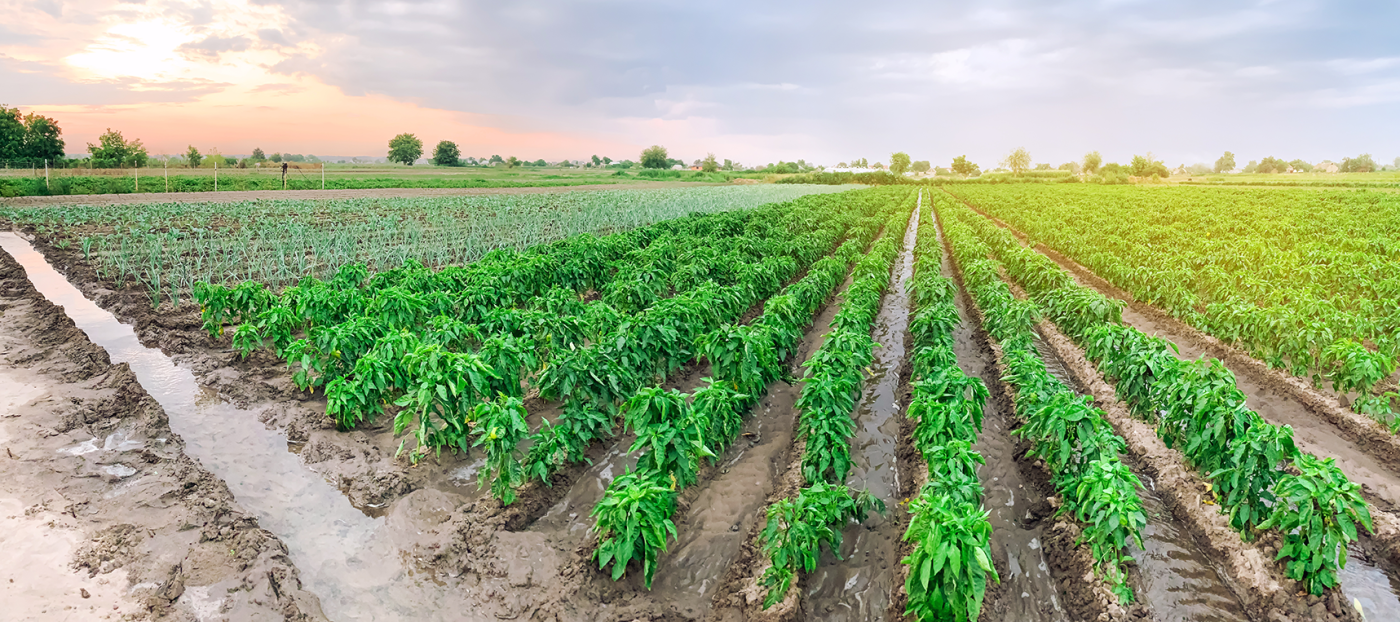At ObjectSpectrum, we’re watching agriculture transform in real time. Fields that once relied on instinct now rely on intelligence. Sensors, data, and automation are rewriting what’s possible on farms and ranches. IoT isn’t a buzzword anymore, it’s the backbone of modern agriculture.
Here’s how five IoT technologies are redefining the field: LoRaWAN IoT gateways, crop monitoring, supply chain visibility, low-power environmental sensors, and affordable tracking for small agribusinesses.
1. LoRaWAN IoT Gateways for Rural Applications
Rural connectivity has always been the Achilles’ heel of smart farming. Wi-Fi fades and cellular costs keep climbing. LoRaWAN (Long Range Wide Area Network) can fix that.
LoRaWAN IoT gateways bridge the gap between sensors in the field and data in the cloud. It sends data across miles with minimal power. Soil sensors, water level devices, and livestock monitors spread across acres while talking to a single gateway.
Here are a few best practices we always recommend:
- Mount gateways high for clear line-of-sight.
- Plan reliable backhaul (cellular, satellite, or Ethernet).
- Use gateways that support private networks and firmware updates.
- Keep power in mind – some options are AC or DC power, PoE (power over ethernet), or solar with a battery backup.
LoRaWAN gateways bring reliable, low-power connectivity to places Wi-Fi and 5G can’t reach. That’s what makes them essential to rural IoT.
2. Smart Crop Monitoring
Once the network is in place, the next step is deciding which sensors and external data make the most sense for your solution. IoT crop monitoring uses soil moisture probes, temperature and humidity sensors, and even drone-mounted devices to deliver real-time visibility into crop health. Weather monitoring via an API is often used to predict weather patterns and alert of incoming severe weather that could affect the crops.
Farmers no longer have to guess when to irrigate or fertilize. When a soil sensor signals dryness, irrigation starts automatically. When stress indicators spike, adjustments happen instantly.
Effective crop monitoring hinges on a few key moves:
- Placing soil moisture sensors at multiple depths.
- Pairing them with micro-climate sensors for localized accuracy.
- Creating automated alerts for conditions outside your target range.
- Integrating everything into a unified dashboard instead of a dozen disconnected apps.
The result: precise inputs, higher yields, and fewer surprises.
3. IoT for Supply Chain Management and Logistics
Harvest time is just the beginning. Once the crops are off the field, IoT extends its reach into storage, transport, and delivery.
IoT supply chain systems track fertilizer deliveries, monitor crop storage conditions, and maintain full traceability from field to market. Temperature, humidity, and gas sensors prevent spoilage in silos and warehouses. GPS trackers log every hand-off along the supply chain.
We focus on three key areas:
- Fertilizer logistics: Track containers, delivery routes, and usage in real time.
- Crop storage: Continuous monitoring prevents losses from humidity and heat.
- Traceability: Sensor-driven visibility builds consumer trust and compliance.
Reliable connectivity is key, and LoRaWAN, NB-IoT, or satellite networks often beat traditional cellular here. The goal is to eliminate blind spots from the farm to the end buyer.
4. Low-Power IoT Sensors for Environmental Monitoring
Across all these applications, one truth holds: sensors must last.
Low-power IoT sensors, often running for years on a single battery, make large-scale monitoring practical. Using LPWAN networks like LoRaWAN, these devices capture everything from soil nutrients and water levels to micro-climate data and air quality.
What makes them work well isn’t just endurance, it’s intelligence. The best sensors sleep most of the time, wake briefly to transmit data, then shut down again. That efficiency allows hundreds of devices to coexist across large farms with minimal maintenance.
When paired with analytics, environmental sensors reveal patterns invisible to the eye such as irrigation inefficiencies, temperature trends, and pest risk. They turn raw data into smart decisions.
Our IoT platform, Prism, takes it a step further. It turns those patterns into automated actions, so you spend less time reacting and more time improving.
5. Affordable IoT Tracking Devices for Small Businesses
Smart farming isn’t just for industrial operations. Smaller farms and agribusinesses need tools that make sense for their scale – simple, efficient, and easy to deploy.
That’s where affordable IoT tracking devices come in. These compact, low-cost sensors track equipment, monitor fields, or log deliveries. A solar-powered GPS unit on a trailer. A soil probe in a single field. A tag on a fertilizer pallet. Small investments that create big returns.
We design solutions that grow with you:
- Start with a few devices, then expand as the benefits become clear.
- Use open, modular systems so upgrades don’t require a full rebuild.
- Focus on ROI: savings in water, fertilizer, and labor pay for the tech fast.
IoT shouldn’t be intimidating. It should be accessible (and profitable) for everyone.
The Connected Future of Farming
Every field, every tank, every shipment – all speaking the same digital language.
That’s the promise of IoT in agriculture. LoRaWAN gateways make remote connectivity simple. Crop monitoring brings precision to every decision. Supply chain IoT keeps goods visible from field to shelf. Low-power sensors keep data flowing without constant maintenance. Affordable trackers make it possible for even the smallest operations to play big.
The result is a smarter, leaner, more sustainable food system that’s powered by real-time insight instead of guesswork.
At ObjectSpectrum, we call that the digital harvest. And it’s already underway.
